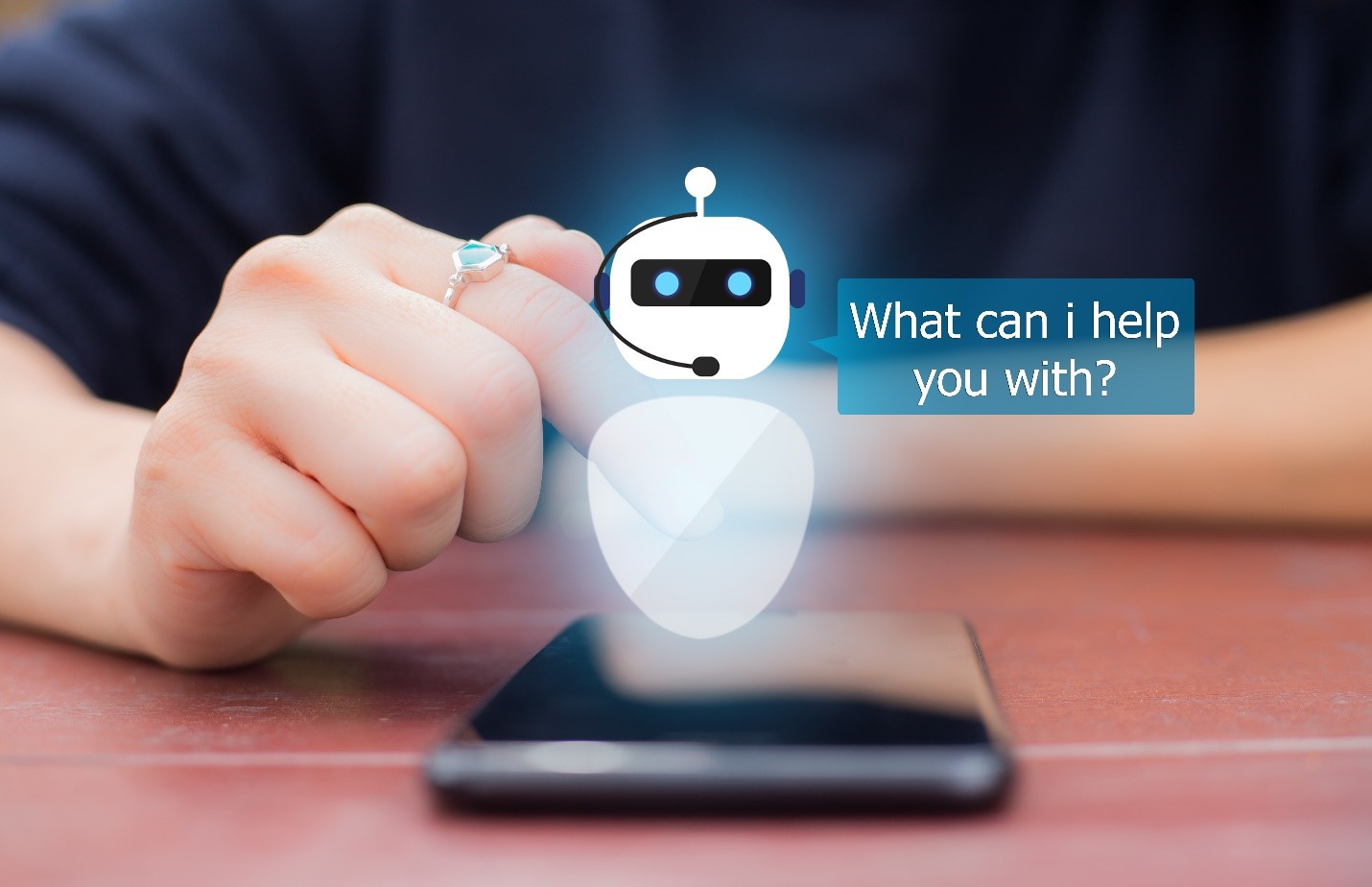Chatbots Can Create a Customer Satisfaction Problem

When asked what comes to mind when thinking about artificial intelligence-driven (AI) customer service, 13 percent of consumers say it is ‘maddening’; code word for frustrating. 38 percent believe AI and chatbots are impersonal, irrelevant and lead to bad customer experience, according to the 2019 CGS Customer Service Chatbot and Channel Survey. Yet, there is hardly a brand’s website or digital app that is not fueled by some type of virtual assistant.
AI and chatbots are being rapidly adopted in the name of efficiency, enabling customer support to cost-effectively scale. Brands accept the litany of reasons being promoted by vendors:
- Customers prefer the convenience, ease and flexibility.
- Enhance end-to-end customer experience on a brand’s platform.
- Deliver a consistent and more accurate level of customer support.
- Younger customer segments prefer it (a.k.a. the phone is so old school)
The customers’ perspective, however, isn’t taken into consideration when evaluating this technology. Regardless of age, 71 percent of study respondents said they are less likely to use a brand if human customer service representatives are not available. In fact, CGS found that only 30 percent of respondents believe that chatbots and virtual assistants make it easier to address their customer service issues. “Companies should make live, human assistance easily accessible.” shares Jeff Toister, author of The Service Culture Handbook, “because when a customer does want to connect with a human, it’s almost always because something is either urgent or complicated.”
The more customers are unable to resolve issues with automated support, the lower the brand’s NPS (Net Promoter Score) or Customer Satisfaction (CSAT) scores. Each interaction that misses the mark negatively impacts satisfaction. Brands that attach customer satisfaction questions to chatbot sessions see this immediately as it reflects the level of customer frustration and time wasted.
And, that bad taste lingers as customers remember these negative experiences long after they’ve happened. The CGS survey found that 52 percent of digital app users who were unable to reach human customer support were unlikely to use the brand again and fifteen percent would never use the brand again.
According to Toister, “there are two areas where there is frequently a disconnect between chatbots and consumers. The first are situations where a conversational interface is not required, and may even slow things down. The other situation is where a customer really wants live help.” Jeanne Bliss of CustomerBliss, raises an interesting point that how a brand has “built expectations with its customers” through other channels impacts the level of dissatisfaction when a disconnect occurs.
While the bloom may be off chatbots that doesn’t mean artificial intelligence will go away nor should it. There is a valuable role for this technology, at the right time and in the right context. As Bliss reiterates, “AI is an enabler. It’s not an end unto itself. And there is no such thing as an AI strategy.”

If we dig under the hood, chatbots are programed algorithms, or said another way a sequence of instructions that tell a computer what to do based on specific inputs. If a customer wants to change their address or check on order status, these are very specific inputs for which computer instructions have been predefined – what databases to access, additional information to request of the customer, and what to display. Chatbots are great for handling these types of questions.
When a customer, however, enters a vague question or one that has not been pre-defined, things get a bit wonky. Depending on the technology, one of three things typically happens. Unable to answer the customer’s question, the chatbot offers a webpage that it believes is ‘close’ to the topic or it directs the customer to email or call customer service, if the latter option is even available. Ideally, the chatbot transfers the conversation to a human agent. Absent that, what inevitably happens is the customer continues to try and get an answer through various permutations of their original request, each ending with increased frustration. The outcome is a negative experience reflected in CSAT scores, ratings and brand reputation.
Part of the issue, according to Bliss is that a brand’s data may or may not be integrated or at the level of detail, completeness and accuracy needed to deliver relevant responses that adequately solve the specific customer’s question.
Determining where it makes sense to use AI starts with the customer and those micro-moments and associated questions where a chatbot can enhance the experience. CGS offers sage advice for those companies looking to use AI in customer service, start with the best use cases and be transparent with customers on how and why this technology is being used. Having advised over one hundred companies, I use these approaches to expediently uncover key micro-moments:
- Journey Mapping
- Customer Co-Creation Session
- Customer and Target Market Surveys
- Customer Advisory Council (CAC) or User Group Workshop
- Incorporate targeted research questions into Customer Success dialogs
“Be really deliberate and diligent about your customer goals and how you’re going to wire your business to achieve those goals,” said Bliss. Using your customer goals as a guide, prioritize the micro-moments and associated questions based on the ability to program specific responses that meet customer needs and expectations. Pilot these and as you achieve consistent positive feedback expand the use of AI to the next set of prioritized micro-moments. Keep the focus on generating customer satisfaction and don’t be afraid to drop an automated micro-moment interaction if CSAT scores trend negatively.
Toister shares, “People will love any technology that makes their lives easier, and they’ll mistrust anything they perceive causes friction.” Bliss adds some important advice, “AI is just one more tool in the toolkit, and it can’t the take the place of humans or experiences. You have to first craft customer goals and experiences and then figure out what tools are right to improve them.”
Additional Resources:


